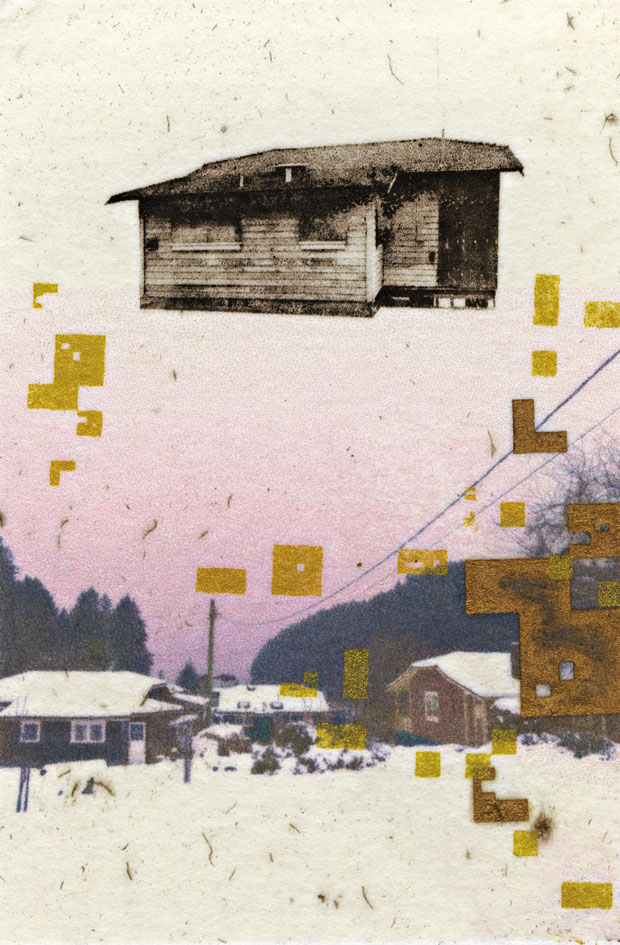
On an evening in December 23, Joan Didion's husband John sat down at the dinner table and talked to her while she tossed the salad. One minute he was talking and the next he wasn't, because he was slumped over in his chair, dead. Nine months later Didion began to write The Year of Magical Thinking (Knopf) and she finished the book at the end of the year, the last year in which she would be able to look back on what she and John had done at that time in the previous year. At the moment of John's death, Didion shook off the bindings of logic and moved into what she later called "magical thinking"-the subconscious belief that John was coming back, that the autopsy would reveal something that could be repaired, that he might still need his shoes. She tried, usually unsuccessfully, to direct her thoughts to avoid what she called the vortex: the point at which she would be swept away by a memory. In an effort to understand, she took the writerly approach, which was the habit of a lifetime: she researched bereavement and observed her own behaviour. Then she wrote this unsentimental but very moving book, and she did it by laying down perfect sentences, one after the other, just as she always does.








